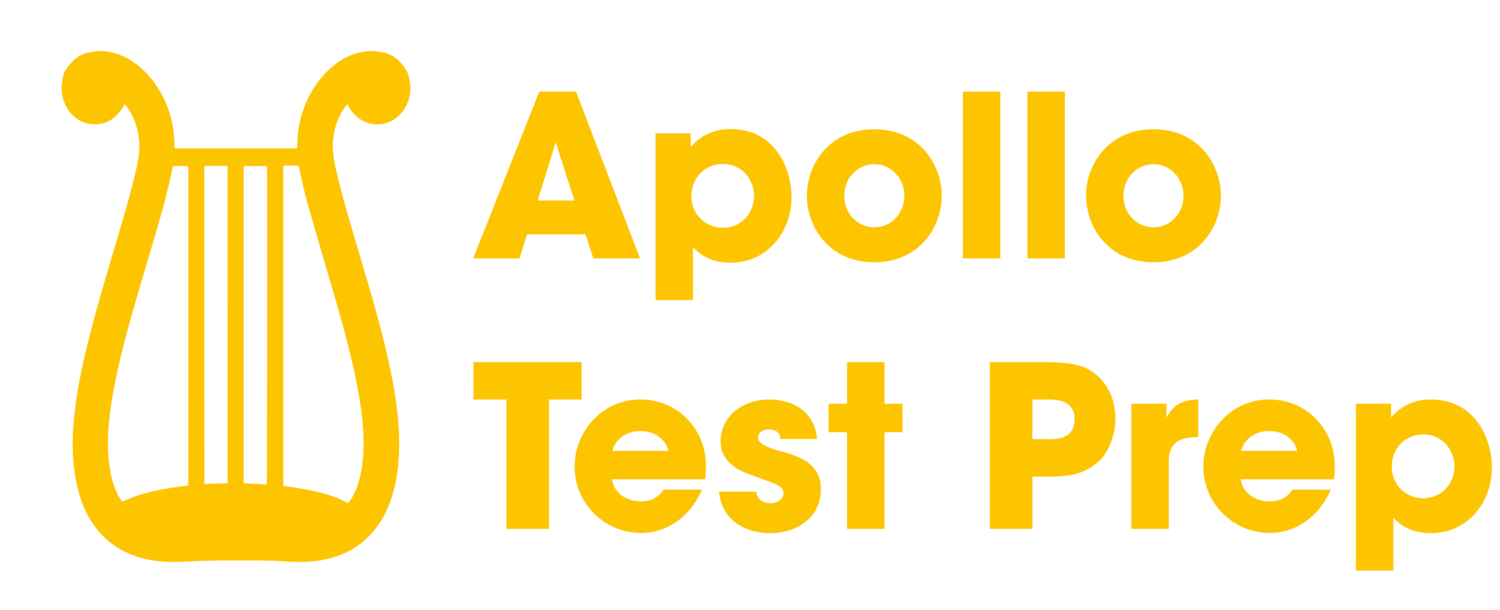LSAT Explanation PT 20, S4, Q5: A newly developed light bulb is
LSAT Question Stem
Each of the following, if true, provides support for the analyst's prediction EXCEPT:
Logical Reasoning Question Type
This is a Strengthen question.
Correct Answer
The correct answer to this question is D.
LSAT Question Complete Explanation
Let's begin by summarizing and analyzing the argument in the passage. The passage presents a situation where a new light bulb is more cost-effective than conventional light bulbs because it lasts up to 10 times longer while costing only 3 times more. However, despite the manufacturer's efforts to promote the new bulb, an analyst predicts that it will sell poorly. The argument's premise is that the new light bulb is more cost-effective than conventional light bulbs, and the conclusion is the analyst's prediction that the new bulb will sell poorly.
To make this more relatable, imagine a new type of ice cream that costs slightly more than regular ice cream but lasts much longer in the freezer. Despite the advantage of lasting longer, an analyst predicts that the new ice cream will not sell well.
Now, let's create an "Evaluate" question about the argument: "What factors could influence consumers' preferences for light bulbs, other than cost-effectiveness?"
The question asks us to identify which answer choice does NOT provide support for the analyst's prediction. This is a Strengthen question with a twist, as we are looking for the answer choice that does not strengthen the argument.
a) The new bulb's unappealing yellow light could be a reason why consumers might not prefer it, even if it's more cost-effective. This strengthens the analyst's prediction, so it's not the correct answer.
b) If most people prefer inexpensive light bulbs over more durable but expensive ones, this supports the analyst's prediction that the new bulb will sell poorly. This strengthens the argument, so it's not the correct answer.
c) If the new bulb uses more electricity than conventional bulbs, or if consumers believe this claim, then the cost-effectiveness advantage could be negated. This strengthens the analyst's prediction, so it's not the correct answer.
d) The fact that the new bulb will be marketed in different package sizes does not directly relate to the analyst's prediction. This answer choice does not resolve the paradox or strengthen the argument, so it is the correct answer.
e) If a competing manufacturer introduces a light bulb that lasts as long as the new bulb but costs less than a conventional bulb, this could explain why the new bulb might sell poorly. This strengthens the analyst's prediction, so it's not the correct answer.
In conclusion, the correct answer choice is (d), as it does not provide support for the analyst's prediction and does not strengthen the argument.
